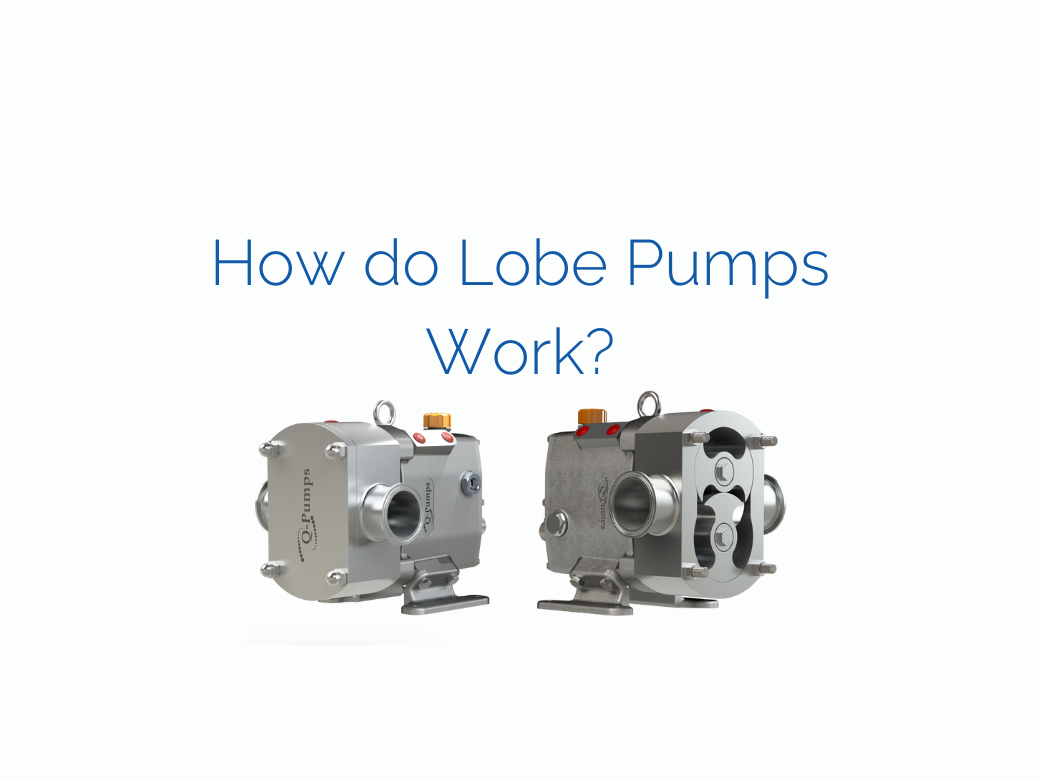
Discover how lobe pumps operate, their industrial applications, and advantages. Precision pumping technology explained.
Lobe pumps are essential equipment in industries requiring gentle fluid transfer with high precision. Unlike other rotary pumps, their unique synchronized lobe design offers key advantages for sensitive products. This article explores their working principle, main components, and practical applications.
Need a lobe pump for your industrial process?
Request free technical consultation
-
What is a Lobe Pump?
Lobe pumps are rotary positive displacement devices that move fluids using two or more synchronized rotating lobes. They stand out for:
- Low shear: Ideal for sensitive products
- Smooth pulsating flow: Minimizes molecular structure damage
- Volumetric precision: Maintains consistent flow rates
Key comparison:
While gear pumps generate higher pressure, lobe pumps offer greater gentleness with viscous or particle-laden fluids.
-
Main Components of a Lobe Pump
2.1 Rotors or Lobes
- Made of stainless steel, PEEK, or composite materials
- Precise geometric profiles (bi-lobe, tri-lobe)
- Synchronized via external timing gears
2.2 Casing
- Materials: 316L stainless steel, coated cast iron
- Hygienic design for food and pharmaceutical industries
2.3 Sealing System
- Options: Gaskets, mechanical seals, or CIP systems
- Compatibility with fluids up to 250°C
Technical fact: Sanitary models comply with EHEDG and FDA for food contact.
-
Step-by-Step Working Principle
- Intake phase: Rotating lobes create vacuum to draw in fluid
- Transfer: Inter-lobe spaces move product without compression
- Discharge: Progressive meshing expels fluid with constant flow
Critical advantage: The design prevents cross-contamination through physical lobe separation.
-
Key Industrial Applications
4.1 Food Industry
- Pumping yogurt, honey, purees, and sauces
- Chocolate and dairy product transfer
4.2 Pharmaceutical Sector
- Active ingredient dosing
- Sterile solution handling
4.3 Chemical & Cosmetics
- Emulsion and gel transport
- Processes with high hygiene requirements
Success case: Cheese plant reduced 30% product loss by switching to lobe pumps.
-
Competitive Advantages
|
Benefit |
Impact |
|
Low maintenance |
Service intervals every 8,000h |
|
Energy efficiency |
Up to 25% lower consumption vs alternatives |
|
Versatility |
Handles 1-1,000,000 cP viscosities |
Working with complex fluids?
-
Predictive Maintenance
- Bearing vibration monitoring
- Periodic gear oil analysis
- Clearance inspections every 2,000 hours
Recommendation: Schedule biannual checkups to maximize lifespan (up to 15 years in optimal conditions).
-
Comparison with Other Technologies
7.1 vs Gear Pumps
- Lower pressure but superior product care
- Better performance with suspended particles
7.2 vs Screw Pumps
- Lower initial cost
- Less precision at low flow rates
Lobe pumps represent the optimal solution for industries prioritizing gentle fluid handling without sacrificing efficiency. Their robust design, low maintenance needs, and regulatory compliance make them indispensable for critical processes.
Ready to integrate this technology?